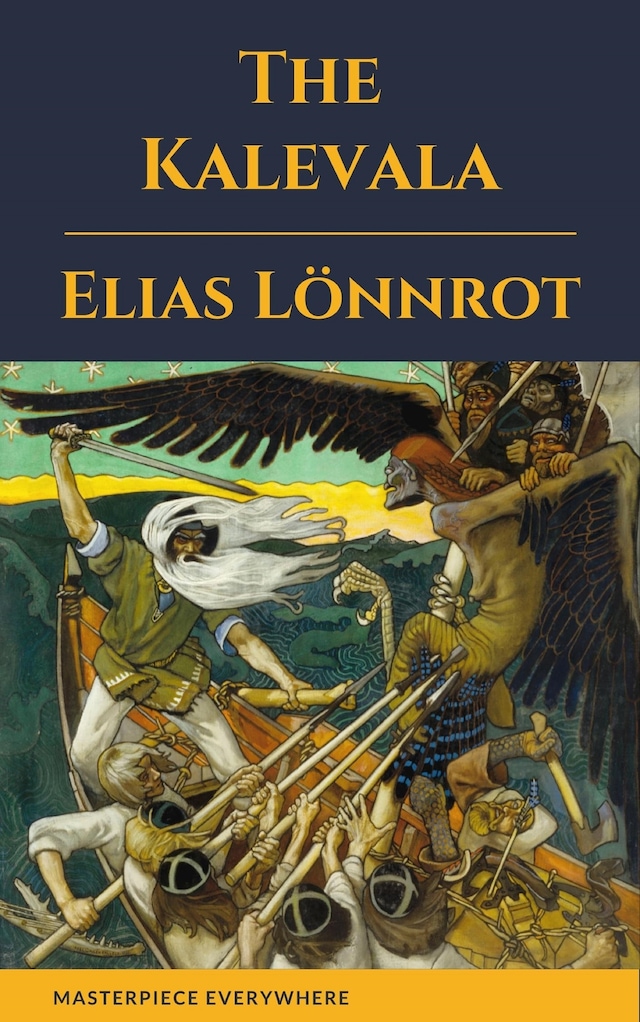
The Kalevala: An Epic Poem after Oral
Beschrijving van het boek

